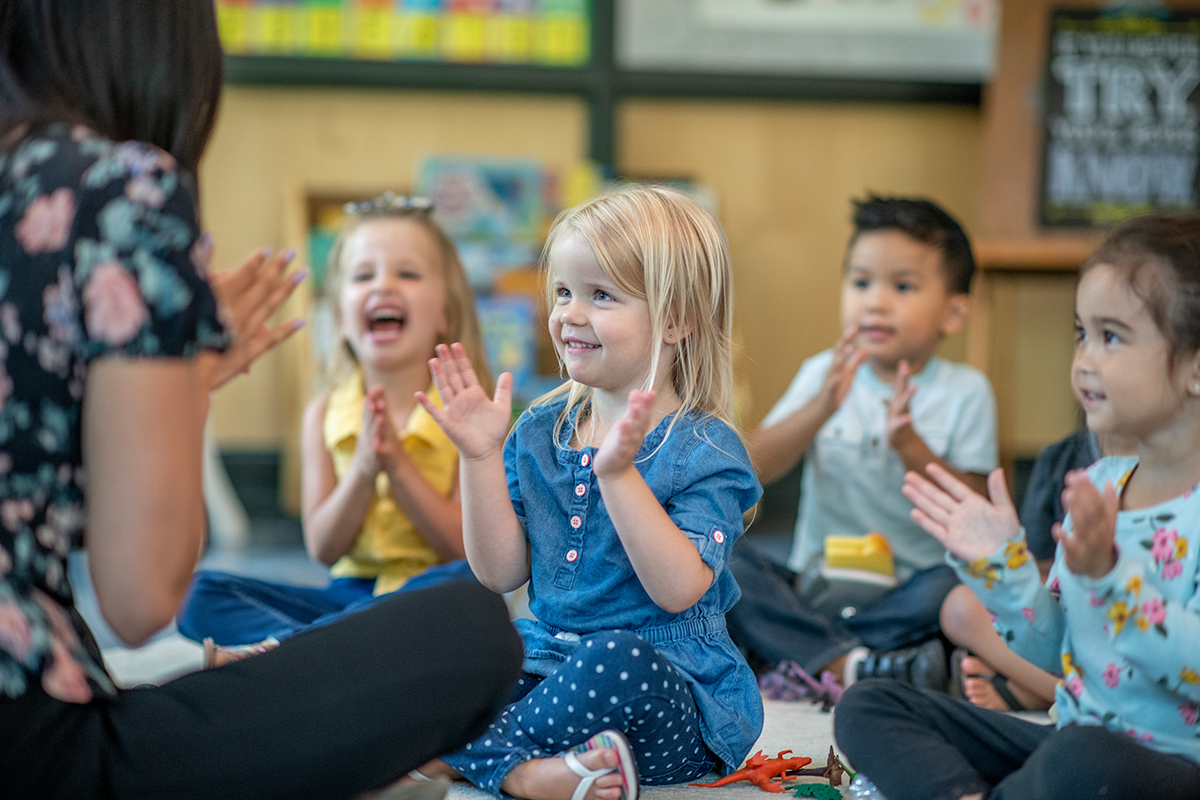San Francisco’s Kindergarten to College (K2C) program, which provides every child entering kindergarten with a Children’s Savings Account (CSA) seeded with $50 toward their future education, led to significantly more young people enrolling in college with underrepresented students seeing the greatest benefit, according to new research.
K2C, founded in 2011 by then-San Francisco Mayor Gavin Newsom and Treasurer José Cisneros, automatically opens an account seeded with $50 in public funds for every child entering kindergarten in a public school. There are currently more than 54,000 students with a K2C account, who as of today have $17 million saved for post-secondary education with the help of local, state and philanthropic funding.
The first class of kindergartners who received K2C accounts in 2011 graduated from high school in 2023. In the class of 2023, where the average savings per student was just over $1,400, those with a K2C account were 6 percent more likely to enroll in college overall, as compared with similar students from the class of 2022.
Growth was largely driven by gains among Black, Hispanic/Latino, Filipino, Pacific Islander and Indigenous students, who were 12 percent more likely to enroll in college. Overall, researchers found that K2C closed 30 percent of the college enrollment gap between underrepresented students and those from represented groups.
Additionally, K2C is also closing 29 percent of the gap in on-time high school graduation rates for these underrepresented student groups, who were 7 percentage points more likely to graduate on time compared to a similar group of students without accounts.
“These new findings, with data from actual CSA participants strengthen our confidence in the effectiveness of programs like K2C as a policy strategy for improving children’s postsecondary outcomes,” said Willie Elliott, co-author of the report and professor at the University of Michigan. “They have implications not only for children living in San Francisco, but they have implications for children participating in California’s statewide CSA program, CalKIDS.”
Amanda Fried, chief of policy and communications for the treasurer’s office, told KQED that the program costs the city $25 per student per year, and with state and philanthropic funding included, the total price per year is about $36 per child. By the time a child graduates high school, they have an average of 28 times the initial investment, she said.
Researchers noted that results demonstrated that universal and automatic CSA programs are effective and scalable. There are already more than 120 active CSA programs reaching nearly six million children in 39 states, including municipal programs in Oakland and Los Angeles. In 2022, California launched the CalKIDS program, a statewide CSA program for every baby born in California and for low-income public school students.
“San Francisco’s Kindergarten to College (K2C) program is … a wonderfully effective program and it is exciting to see it reaffirmed by the results of this study,” California State Treasurer Ma said. “As we know from our CalKIDS program, these accounts don’t just increase the chances of success for our children, but they encourage parents and families to think about the future, to make a plan, and to make an affirmative choice to save for long-term success.”





